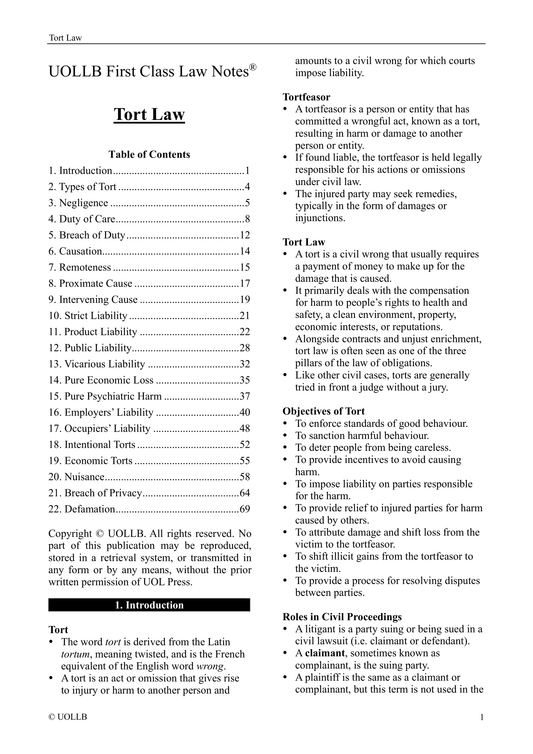Common Law vs Law of Equity
Share
Equity and common law are two distinct legal systems that coexist in many jurisdictions, including the United States, the United Kingdom, Canada, and Australia. While they share some similarities and often overlap, they have different historical origins, principles, and remedies.
Common Law
Common law is a legal system that developed in England and spread to many English-speaking countries. It is based on judicial precedent, meaning that decisions made by judges in previous cases serve as a guide for resolving similar disputes in the future. Under common law, legal principles are derived from the accumulated rulings of judges, statutes, and legal treatises. Key features of common law include:
Precedent: Common law relies heavily on the principle of precedent, which means that judges are bound to follow the decisions made by higher courts in similar cases. Precedents create a consistent body of law and provide predictability and stability to the legal system.
Stare decisis: This Latin phrase, meaning "to stand by things decided," emphasises the importance of following established legal precedents. It ensures that similar cases are treated consistently and promotes fairness and certainty in the law.
Case-based reasoning: Common law is based on the interpretation and application of legal principles to specific factual scenarios. Judges analyse the facts of the case and the relevant legal principles to arrive at a decision. The reasoning and analysis used in previous cases serve as a guide for resolving similar disputes.
Flexibility and adaptability: Common law is flexible and can adapt to changing societal values, new circumstances, and emerging legal issues. Judges have the authority to interpret laws and fill in gaps when statutes are silent or unclear.
Judge-made law: Common law is primarily developed by judges through their decisions and interpretations of the law. Courts play a crucial role in shaping and expanding legal principles and doctrines through their rulings.
Legal remedies: Common law primarily focuses on providing monetary remedies or compensation to injured parties. The aim is to restore the harmed party to the position they would have been in had the harm not occurred. Monetary damages are a common form of remedy in common law.
Role of juries: In common law jurisdictions, juries are often involved in determining questions of fact in civil and criminal cases. Juries provide an opportunity for community participation in the legal process and contribute to the development of legal principles through their verdicts.
Evolutionary nature: Common law evolves over time through the accumulation of judicial decisions and the gradual development of legal principles. It is not bound by rigid rules and can adapt to societal changes and emerging legal issues.
Equity
Equity originated in medieval England as a response to the limitations and rigidity of the common law system. It developed from the King's Court of Chancery, which handled cases that common law courts couldn't adequately address. Equity seeks to provide fairness, justice, and remedies when common law falls short. Key features of equity include:
Flexibility and fairness: Equity is rooted in the concept of fairness and seeks to address situations where the application of strict legal rules may lead to unjust outcomes. It allows judges to exercise discretion and consider the unique circumstances of each case to achieve a fair result.
Supplementation of common law: Equity supplements and complements the common law by providing additional remedies and principles when the common law falls short. It fills gaps in the law and addresses situations that may not have clear solutions under common law principles.
Equitable remedies: One of the distinctive features of equity is its availability of a wider range of remedies beyond monetary compensation. Equitable remedies aim to provide specific relief tailored to the circumstances of the case. Common equitable remedies include injunctions, specific performance, rescission, and declaratory judgments.
Maxims and principles: Equity operates based on a set of guiding maxims and principles. These principles provide general guidelines for the exercise of discretion by judges and promote fairness and justice. Examples of equity maxims include "equity follows the law", "he who seeks equity must do equity", and "those who come to equity must come with clean hands".
Preventive relief: Equity focuses not only on remedying past harm but also on preventing future harm. Injunctions are commonly used to prevent a party from engaging in certain actions or to compel them to perform specific acts.
Individualised approach: Equity recognises the unique circumstances of each case and allows judges to consider the specific needs and interests of the parties involved. This individualised approach ensures that equitable relief is tailored to the particular situation and promotes fairness.
Discretionary nature: Equity allows judges considerable discretion in applying its principles and granting remedies. This discretion enables judges to fashion appropriate relief based on the specific facts and equities of each case.
Historical origin: Equity originated in the English Court of Chancery and developed as a distinct legal system alongside common law. Although common law and equity have been merged in many jurisdictions, equity's historical roots and principles continue to influence the legal system.
In practice, common law and equity often intersect and influence each other. In many jurisdictions, courts apply both legal systems to ensure a more complete and just resolution of disputes. The relationship between equity and common law varies depending on the jurisdiction and the specific issue at hand.




























































